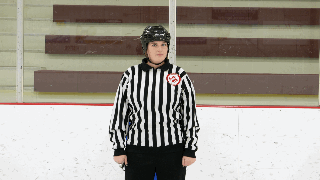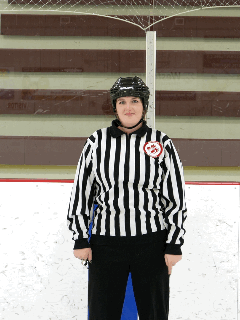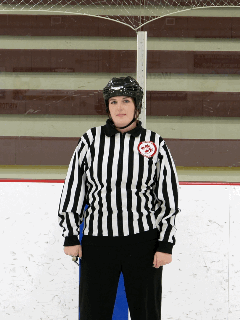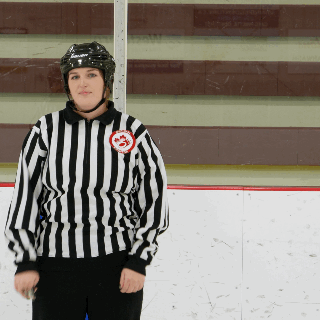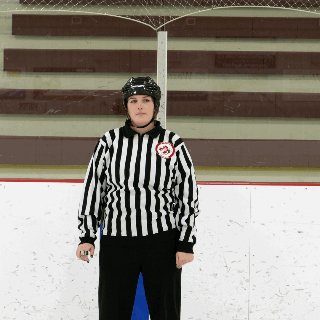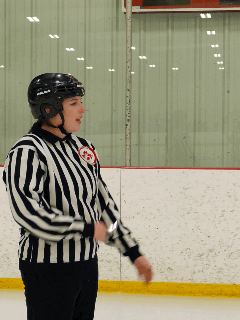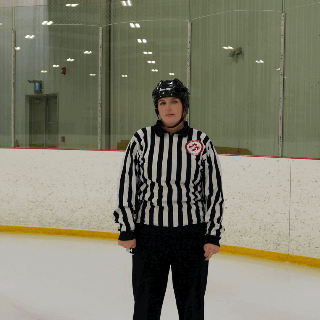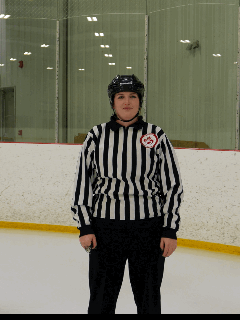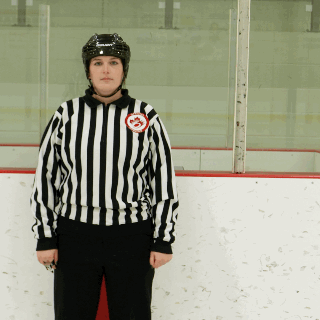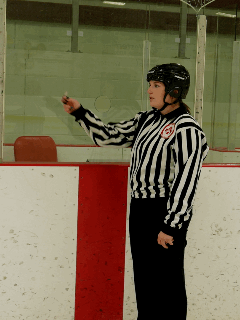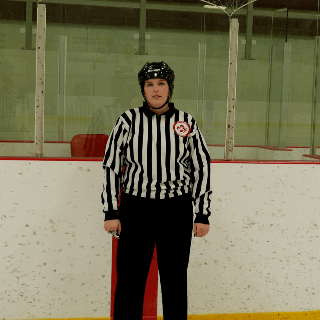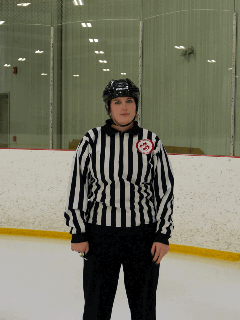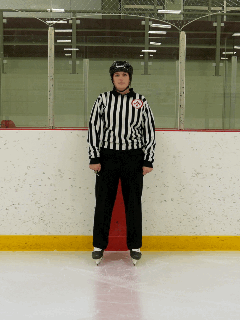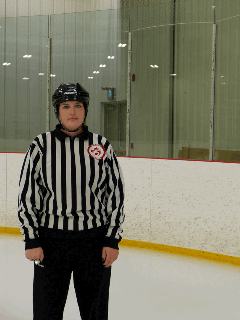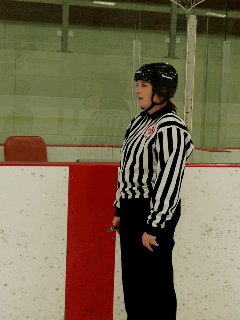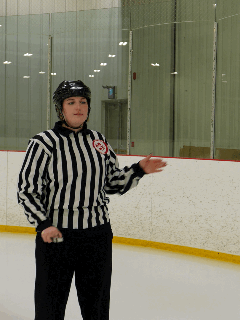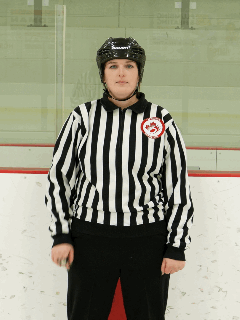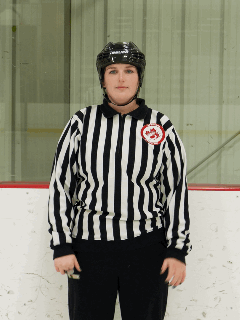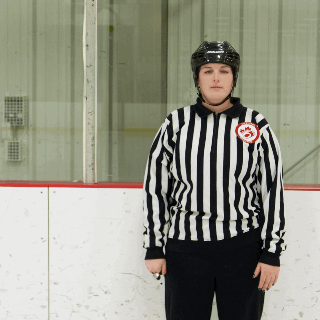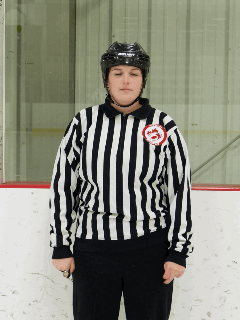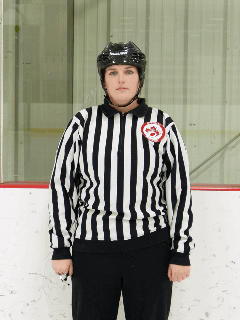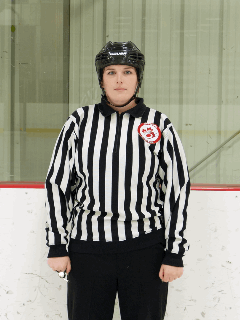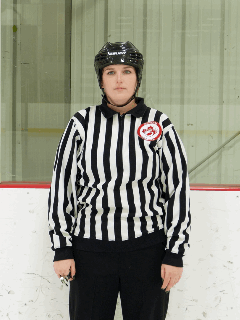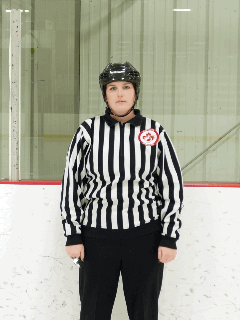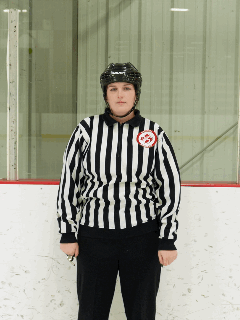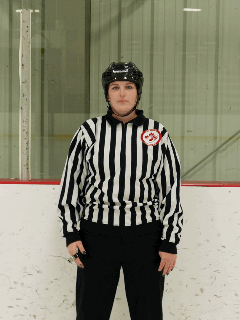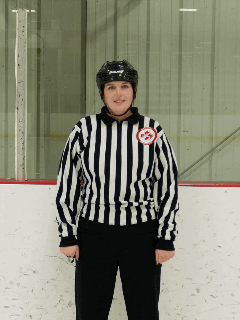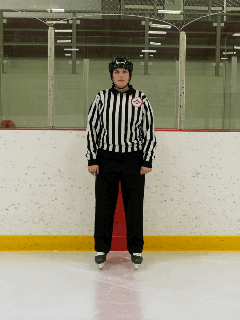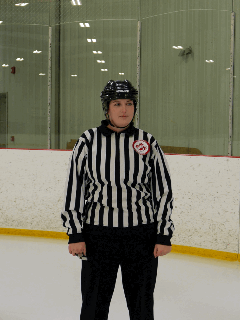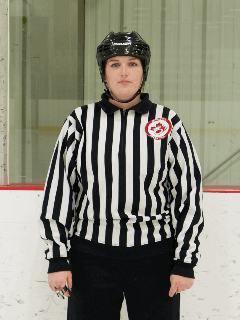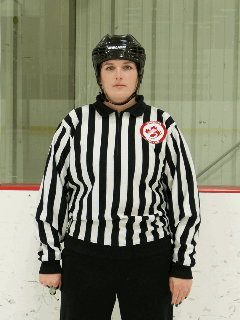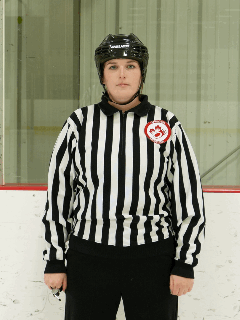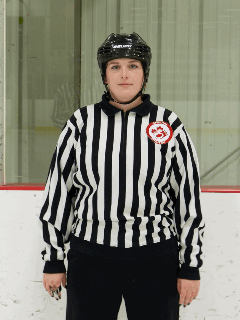Understanding On-Ice Official Signals
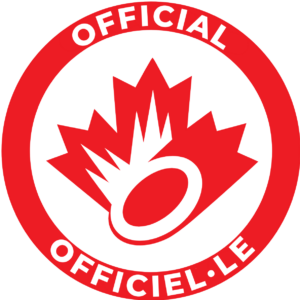
Officiating Signals
Signals
Signals are how we communicate our decisions on the ice with the other participants in the game. Therefore, it is critical that we know the correct signals for our decisions and execute them well enough to be understood.
The game runs more smoothly when the players and coaches know what’s going on and coming next.
Tips for Excellent Signals:
- Come to a complete stop. When your whistle blows, heads will turn to where it came from. Stay there. You have everyone’s attention.
- Let each signal have its moment. Don’t rush. Give people time to read and understand it.
- Don’t make two signals at once. Clarity is important. Signal the reason for the stoppage first, put that signal away, and then signal either “goalkeeper ring” or the “direction of play” signal.
- Your signals will be clear and confident if you flex your core a little and execute them deliberately.
Take the time to practice your signals in the mirror. It feels weird to do, but it will help you establish what the signals feel like when they look right. Try really hard for straight lines and sharp angles.
